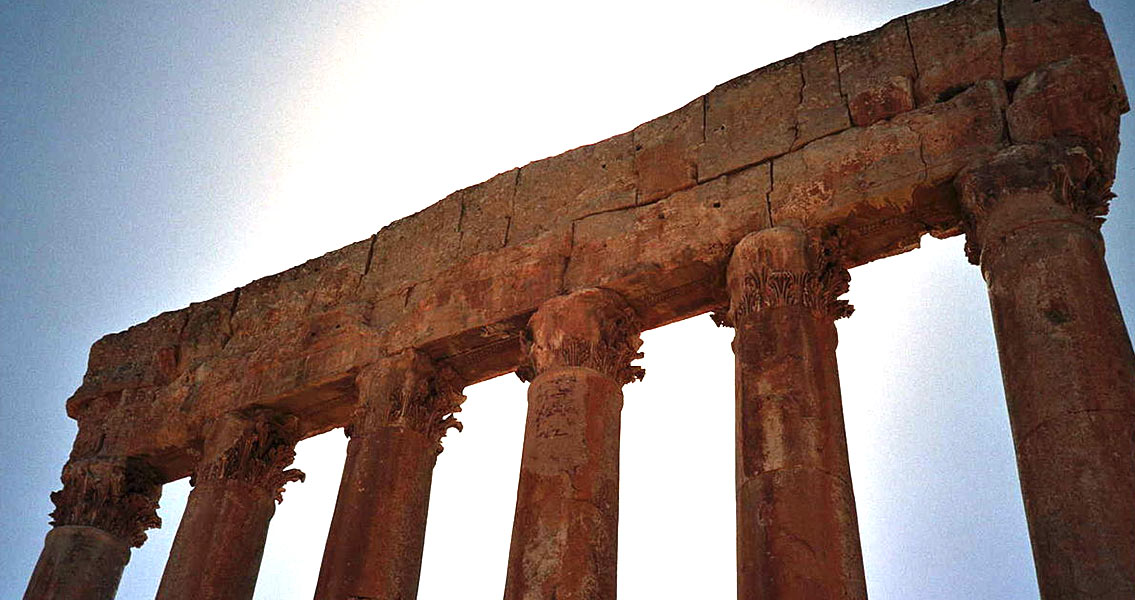<![CDATA[A massive stone structure, measuring 64 feet long, 19.6 feet wide, and 18 feet high (19.6x6x5.5 metres), has been found by a team from the German Archaeological Institute working in Baalbek, Lebanon. It weighs an impressive 1,650 tons and is still partially buried. It is the largest monolithic structure uncovered from the ancient world. During the reign of the Roman Empire, Baalbek was known as Heliopolis, which means the city of the sun. It was home to one of the largest temples in the ancient world, the Temple of Jupiter, as well as several other, smaller ones. Alongside Jupiter, the god of sky and thunder, the people of Heliopolis worshipped many gods in these temples, including the goddess of beauty and love, Venus, and the god of wine, Bacchus. The temples in Baalbek arent completely Roman in nature, however. There are also Lebanese influences apparent in the design and layout of some of them. The ruins of the three largest temples are close to the quarry where the gargantuan monolith was dug up. Two other massive blocks had already been found in the area, including one named Hajjar al-Hibla, which means The Stone of the Pregnant Woman. This structure weights about 1000 tons. The other structure is a little heavier, at 1,240 tons. It was right underneath the Stone of the Pregnant Woman that the newest discovery was made. The team that discovered and excavated the limestone monolith was supervised by Jeanine Abdul Massih, who has been working on the Baalbek project for several years. The recent excavation efforts were intended to explain how the two blocks found originally had been mined, prepared and transported. These blocks are believed to have been made in around 27 BCE, although the technology and techniques which could have facilitated this immense task remain a mystery to the archaeologists. The German Archaeological Institute states that the smoothness of the boulder shows it was meant to be transported and used without being cut. Some experts believe that these blocks actually predate the Roman era, and were made during the reign of the founder of Heliopolis, Alexander the Great. The team of archaeologists believe that these structures were created to be used in the three temples being built around the same time. A lot of similar blocks ended-up in the Temple of Jupiter, where stones measuring 64 feet long were used as podiums for the sanctuary. Some of these blocks still remain in the ruins of the temple today, with three of them, known as the Trilithon, weighing a 1,000 tons each. It is thought that the Hajjar al-Hibla was abandoned because it had been badly made. For example, there is poor stone quality on one edge, which would have probably cracked during transportation. The latest discoverty could have been abandoned for similar reasons. Now the team's aim is to find out the techniques the Romans used between the first century BCE and the second century CE to transport these gigantic structures. Image courtesy of: Magnus Manske ]]>
Archaeologists Discover Gargantuan Stone Block in Lebanon
